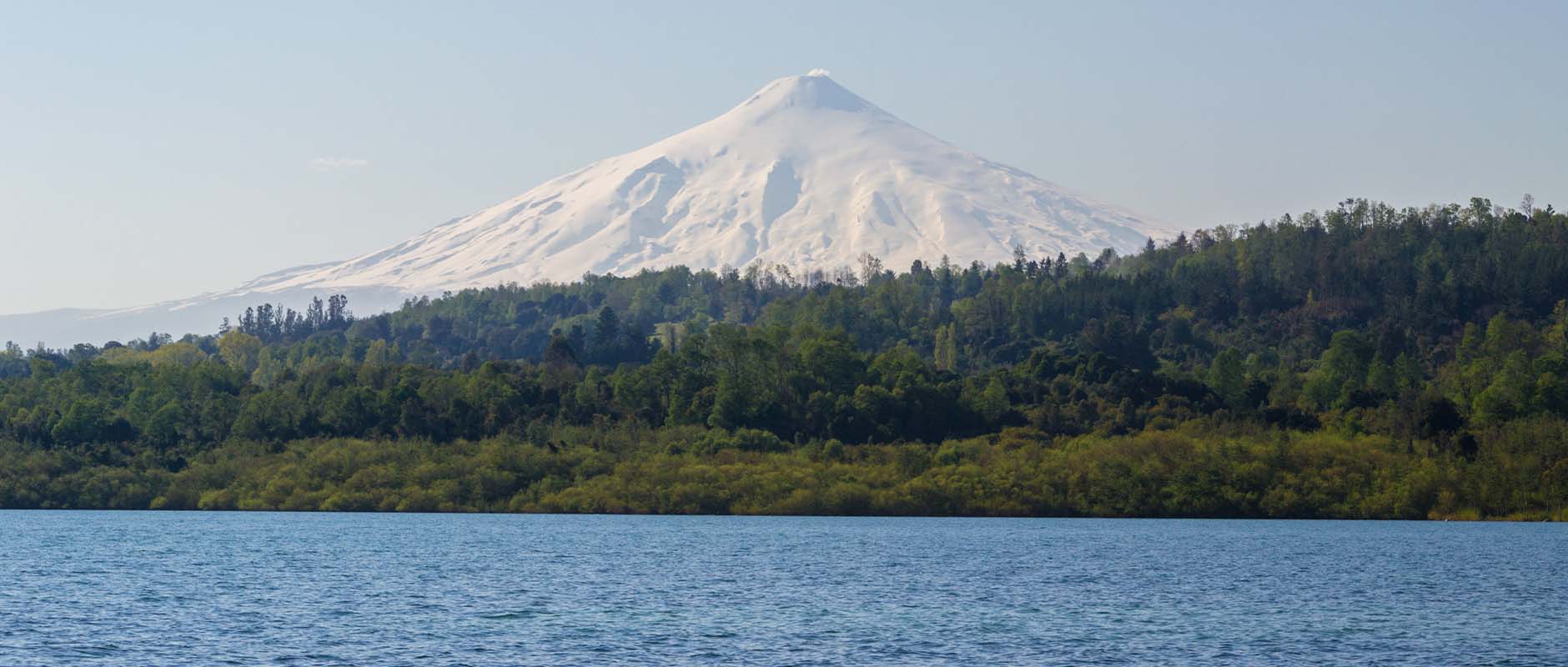Toxic algae blooms have been a growing concern in Chile in recent years, as they threaten the health of people and animals that come into contact with them. The blooms have been caused by the proliferation of microorganisms known as cyanobacteria, which can produce harmful toxins. One of the most affected areas is Lake Villarrica in the La Araucanía region, where a toxic algae bloom has prompted health officials to issue a safety advisory.
Summer threat
Toxic algae blooms are a serious problem in Chile, and they have been on the rise in recent years due to a combination of factors such as climate change, nutrient pollution, and urbanization.
Lake Villarrica is a popular destination for tourists and locals alike, known for its beautiful scenery and recreational opportunities. However, the recent toxic algae bloom has put a damper on these activities, as the Ministry of Health in La Araucanía has called on the population to avoid contact with the waters of the lake due to the presence of algae with high levels of toxicity.
This situation, which has arisen in the middle of the summer season, has put the health and environmental authorities in the region on high alert. The Regional Ministerial Secretariat of Health (Seremi) in La Araucanía has reinforced the call to avoid the recreational use of Lake Villarrica in case of observing this discoloration in the waters.
Microcystin detected
The presence of toxic algae in Lake Villarrica is due to abnormal figures detected by the Minsal in two samplings carried out on January 4 and 7, 2020. These samples revealed the presence of microcystin, a toxin released by the algae that are present in the lake. The massive bloom of small algae called cyanobacteria, some of which produce toxins, is believed to be responsible for the yellowish or brown coloration in the waters of the lake.
The effects of toxic algae blooms can be severe and far-reaching. Microcystin, for example, can cause skin and eye irritation, nausea, vomiting, and even liver damage if ingested. In addition, these blooms can harm aquatic life and negatively impact local economies that depend on fishing and tourism.
Safety advisory and measures
The Seremi de Salud in La Araucanía has also announced the installation of traffic lights in visible places that will indicate the situation of the waters of Lake Villarrica. When the light is green, it means that the water is safe for recreational use, while when it is yellow or red, contact with the water should be avoided as it will be high risk.
If you have been in contact with yellowish-green or brown water in the lake, it is recommended to wash your skin with plenty of drinking water. In case of persistent symptoms such as burning, irritation or redness of the skin, eye or ear irritation, headache and/or muscle pain, nausea, vomiting, and diarrhea, it is recommended to consult or attend a health center.
Collective action
The problem of toxic algae blooms is not limited to Lake Villarrica, as it affects many bodies of water in Chile and worldwide, from rivers and lakes to coastal waters. These blooms are caused by an overabundance of nutrients in the water, such as phosphorous and nitrogen, which can come from agricultural runoff, sewage discharge, and other sources of pollution. Climate change is also a contributing factor, as warming waters can provide ideal conditions for the growth of toxic algae.
To address this problem, the government and local communities must work together to reduce sources of pollution and implement measures to control the growth of toxic algae. This can include measures such as improving wastewater treatment, implementing best management practices for agriculture, and monitoring water quality.
